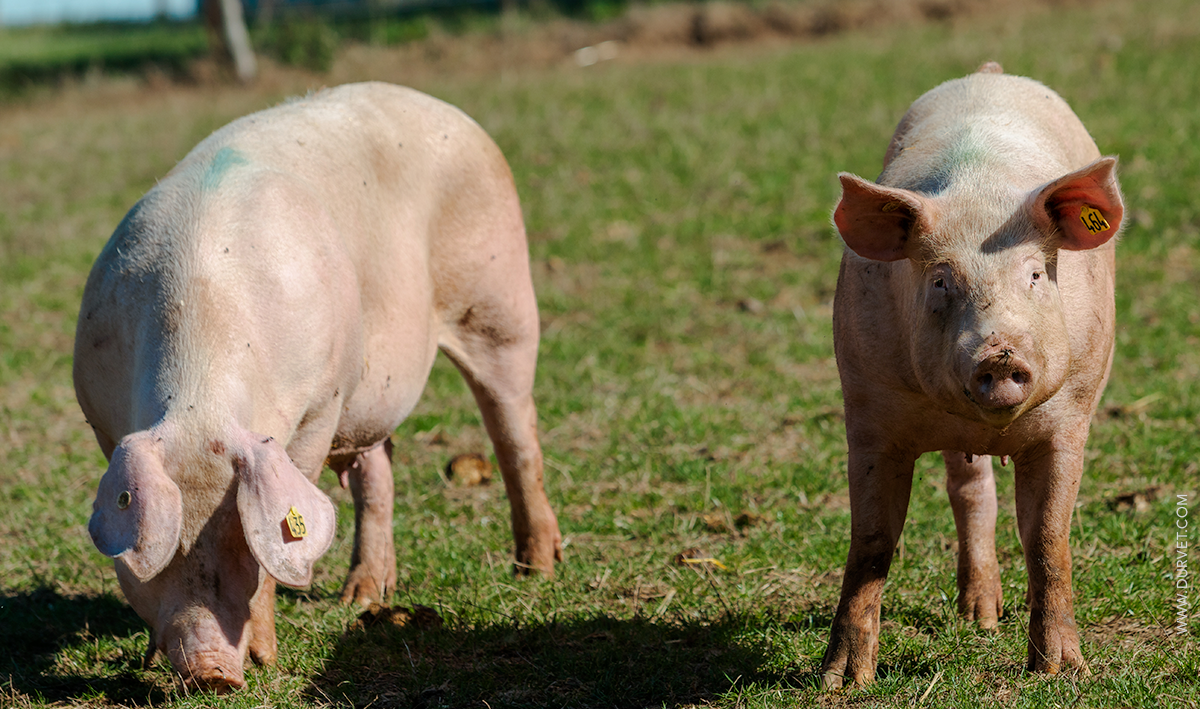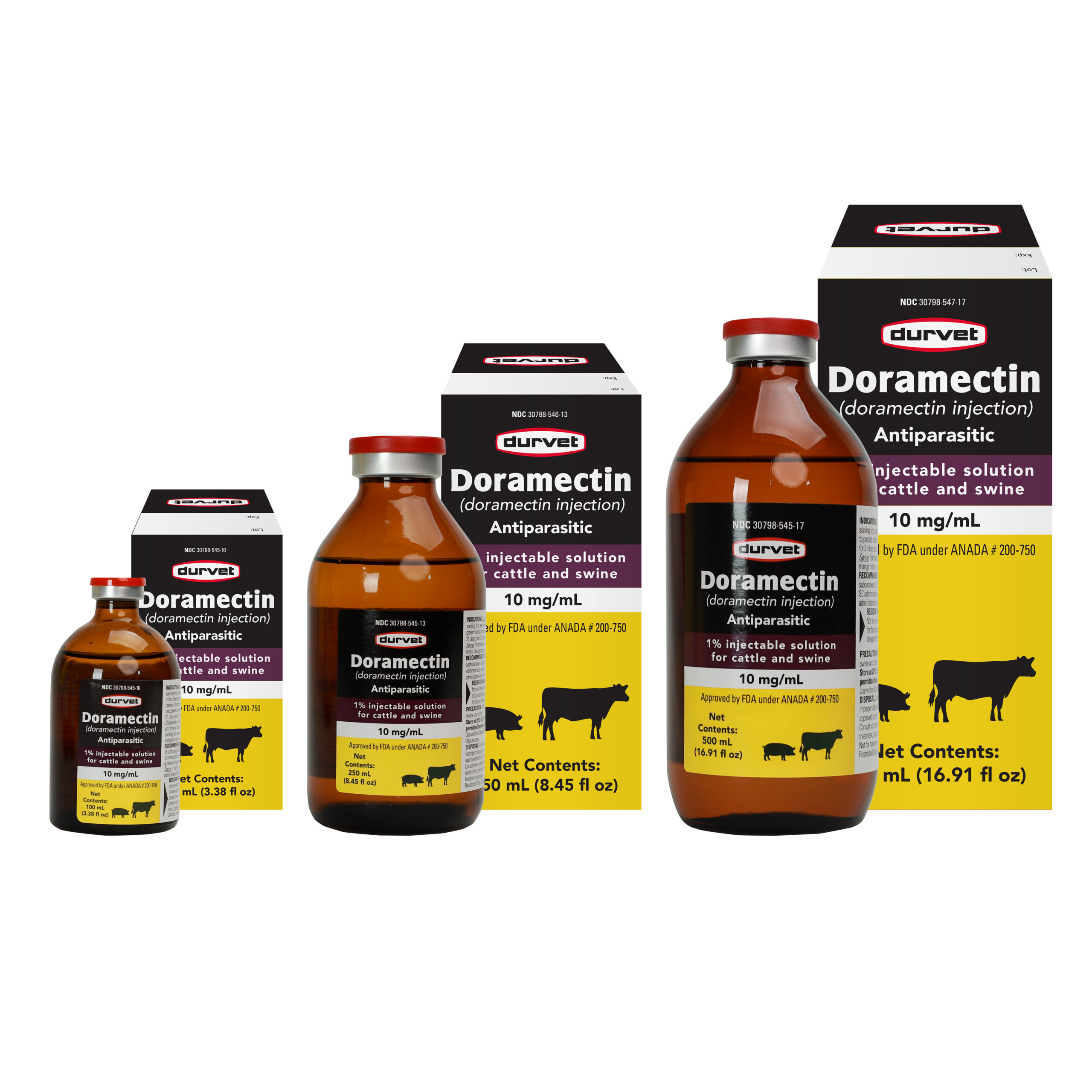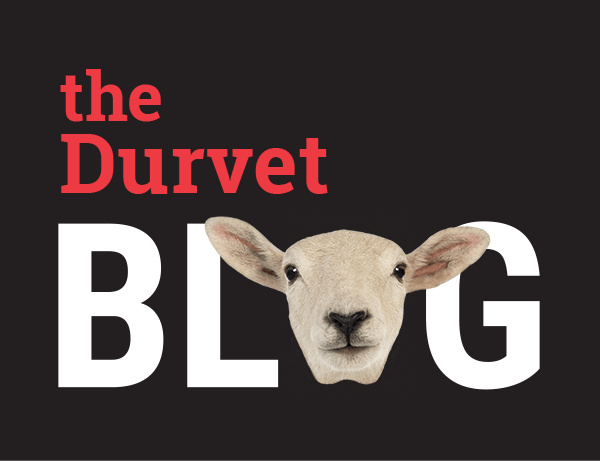
When most people think of pigs, they picture the classics like Wilbur from Charlotte's Web—curly tails, muddy snouts, and content oinks drifting through the air. But behind every healthy pig is a lot of intention, care, and knowledge.
For producers and backyard hobby farmers, raising pigs isn't just about feeding them and hoping for the best. It's about understanding what they need, from nutrition and housing to stress reduction and disease prevention. At the heart of it all is health.
The Early Days Matter Most
From the moment piglets hit the ground, their health trajectory is shaped. Within the first few days, they need colostrum from the sow, a warm, dry place to rest, and often an iron supplement like Durvet Iron-200 to help prevent anemia, because piglets are born with very little iron reserve.1
These tiny steps might seem small, but they build the foundation for a healthy pig. When producers take time to set piglets up for success, they're investing in the future of their herd. A healthy start means fewer treatments later, better growth rates, and more peace of mind.
Nutrition represents 60 to 75% of the total cost of pork production.2 This underscores how important it is to provide the right feed, quality supplements, and balanced nutrition to keep pigs healthy and growing efficiently.
Clean Pens, Calm Pigs
Pig health doesn’t thrive in chaos. Clean, well-ventilated pens reduce the risk of respiratory illness. Consistent routines—feeding, cleaning, and handling—lower stress, which plays a bigger role in health than many realize. Like people, pigs under stress are more vulnerable to disease and injury.
It’s not glamorous work, but it’s essential. A little extra time spent managing air flow, pen space, and sanitation can make a huge difference in herd performance.
The Hidden Side of Health
A healthy pig might look fine—but so much happens beneath the surface. Parasites, respiratory infections, or vitamin deficiencies can sneak in quietly. That’s why it is important to rely on preventive care—vaccines, dewormers like Doramectin, and targeted supplements—to stay ahead.
A vitamin like Durvet's Maxi-B 1000 supports the nervous system function and red blood cell production to enhance metabolism and gut health. It can play an important role in your pigs overall well-being.
And what if things do go wrong? Being observant is half the battle. A pig off feed, limping, or suddenly quieter than usual is trying to tell you something. Knowing what’s normal makes it easier to spot what is not.
It’s About More Than Production
At the end of the day, healthy pigs aren’t just about weight gain or market value. They are about doing things right—raising animals humanely, responsibly, and with care. Whether you're managing 500 sows or a pair of pigs in your backyard, health is the common thread.
Reference:
1. Iowa State University Extension and Outreach. (2021). Iron deficiency common problem in baby pigs. Retrieved April 4, 2025, from https://www.extension.iastate.edu/news/iron-deficiency-common-problem-baby-pigs
2. Kansas State University, Department of Animal Sciences and Industry. (n.d.). General nutrition principles. Swine Nutrition Guide. Retrieved April 4, 2025, from https://www.asi.k-state.edu/extension/swine/swinenutritionguide/general_nutrition_principles/generalnutritionprinciples.html
3. University of Missouri Extension. (n.d.). Internal parasites in swine (G2430). Retrieved April 4, 2025, from https://extension.missouri.edu/publications/g2430
4. University of Minnesota Extension. (n.d.). Group sow housing. Retrieved April 4, 2025, from https://extension.umn.edu/swine-facilities/group-sow-housing

 BACK TO MAIN BLOG
BACK TO MAIN BLOG 

Comment